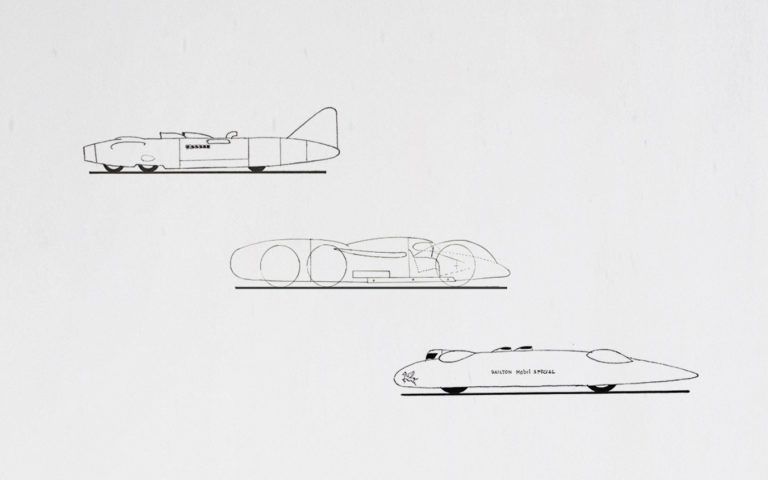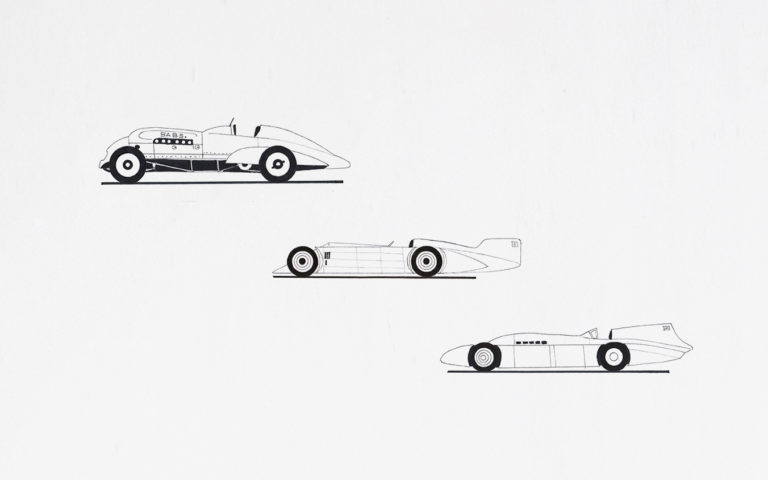The Speed Record Story 6 - Forward momentum, despite the tragic War
09 May 2021 5 min read 8 images

After the appearance of extraordinary vehicles such as Henry Segrave’s Golden Arrow and Malcom Campbell’s Bluebird, the race for the world land speed record became an exciting challenge for the general public. Curiosity was ardent: who would be the first to break the 500 km/h barrier? The challenge, moreover, was an all-English affair with the arrival of two new contenders, George Eyston with his Thunderbolt and John Cobb with his Railton. This speaks volumes about the British and their passion for the automobile.
Register to unlock this article
Signing up is free and gives you access to hundreds of articles and additional benefits. See what’s included in your free membership. See what's included in your free membership.
Already have an account? Log In


